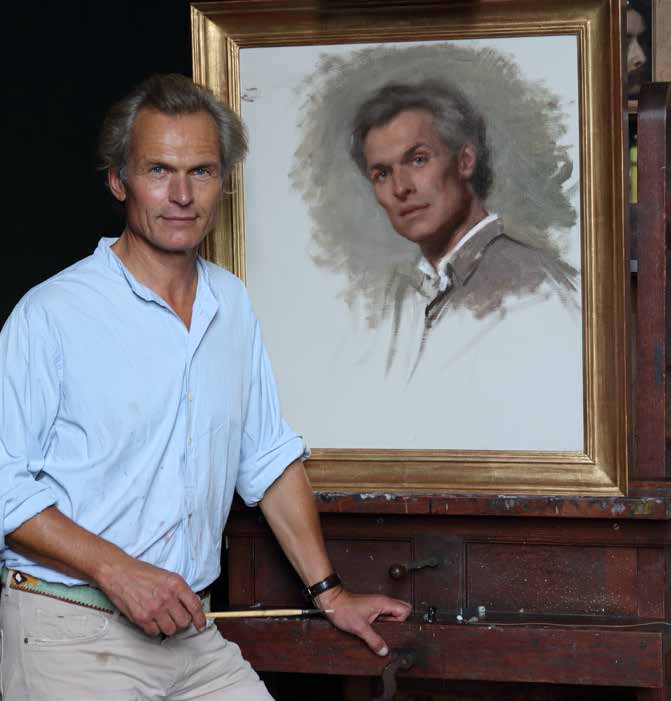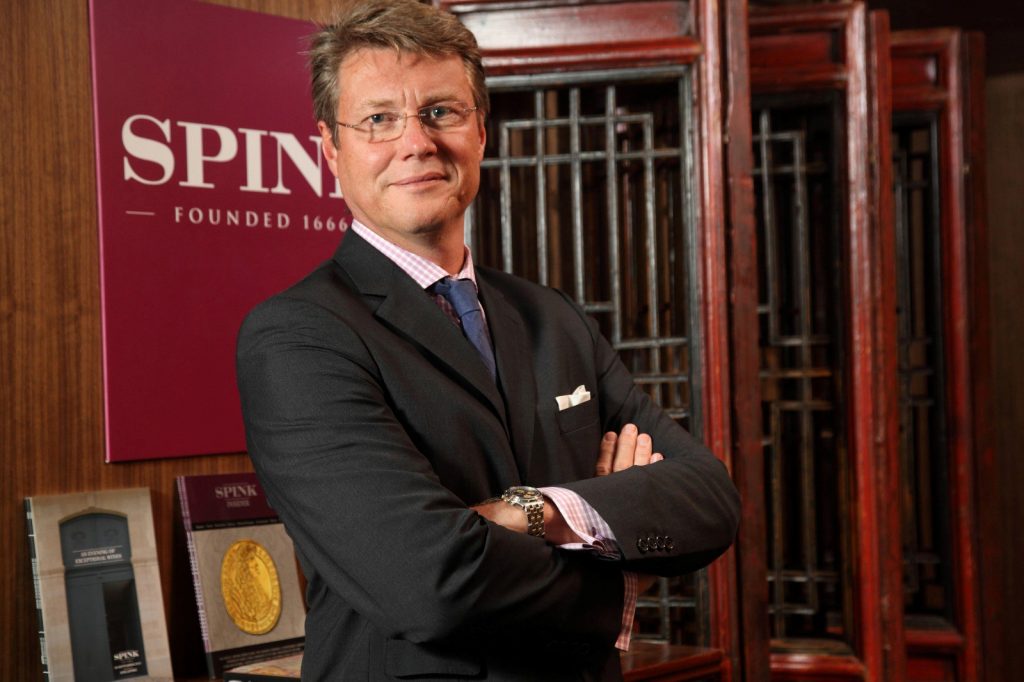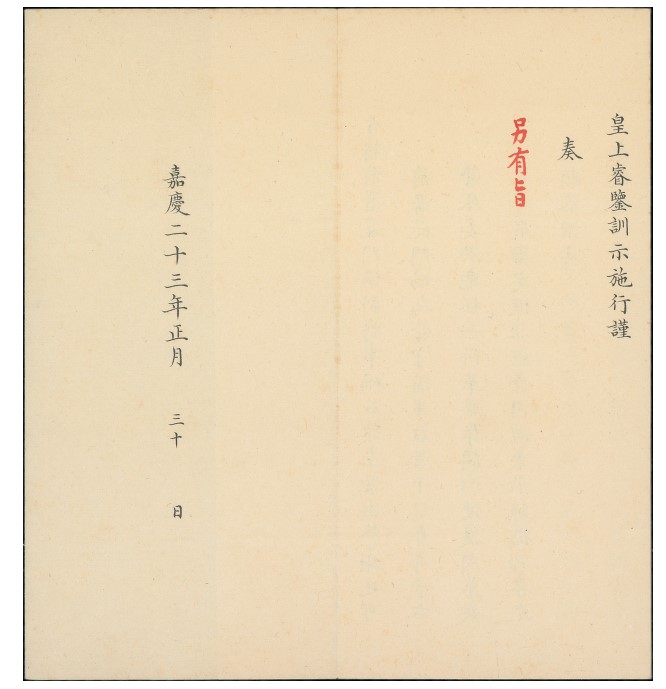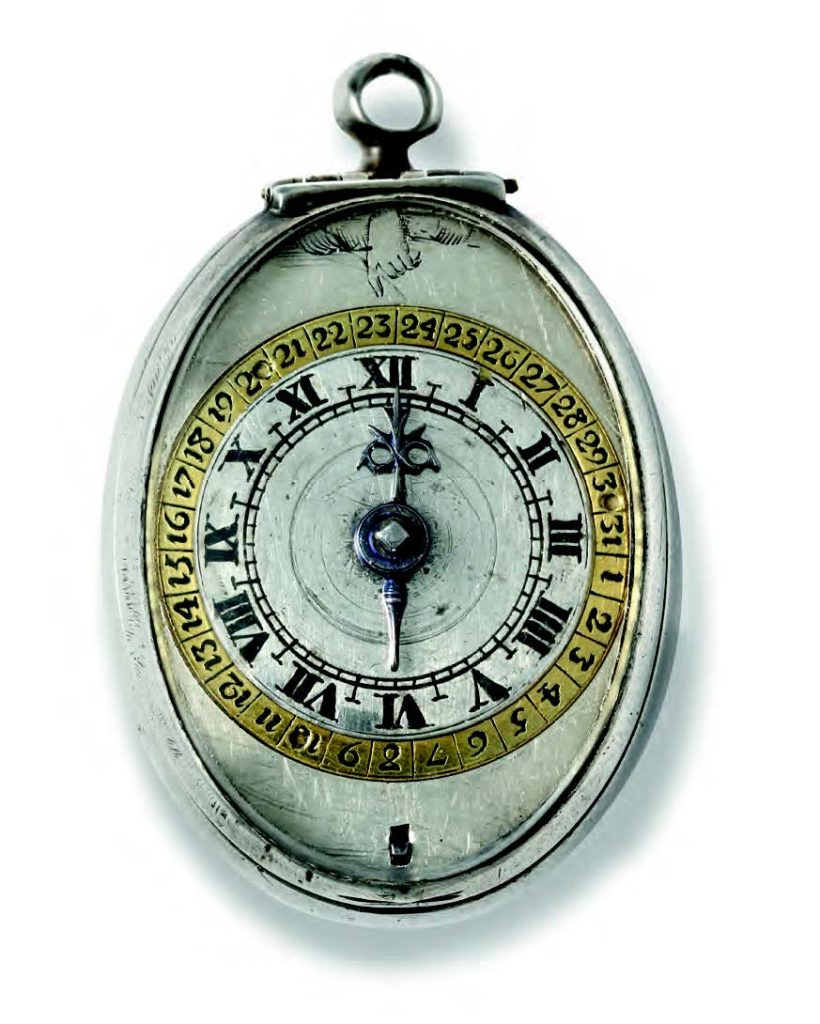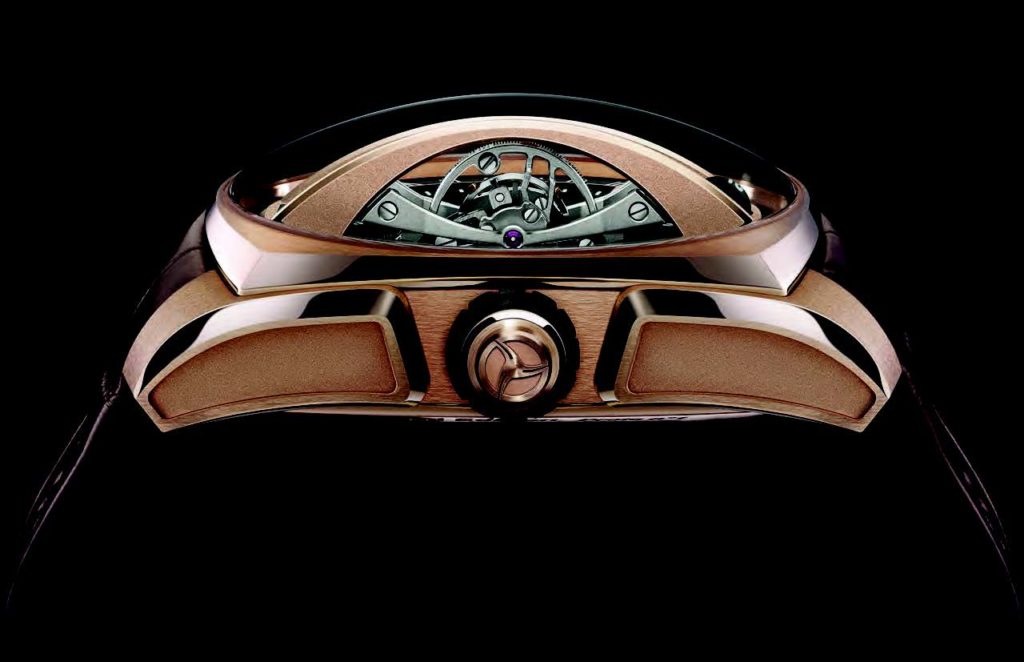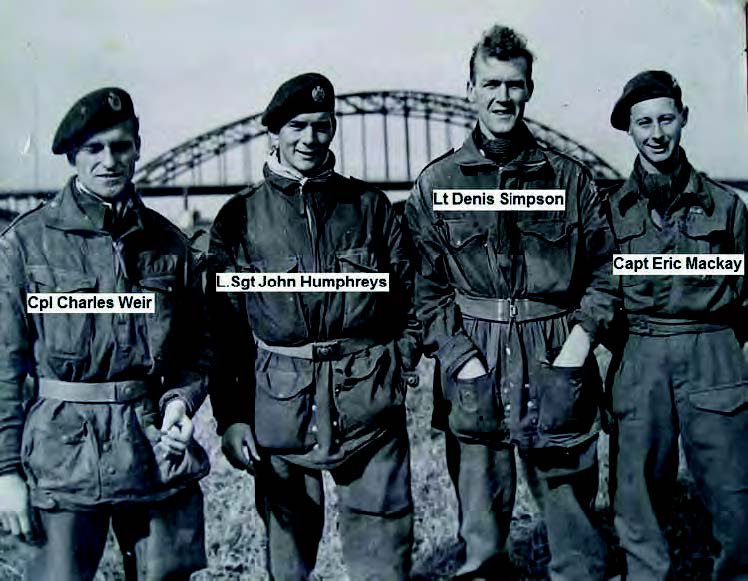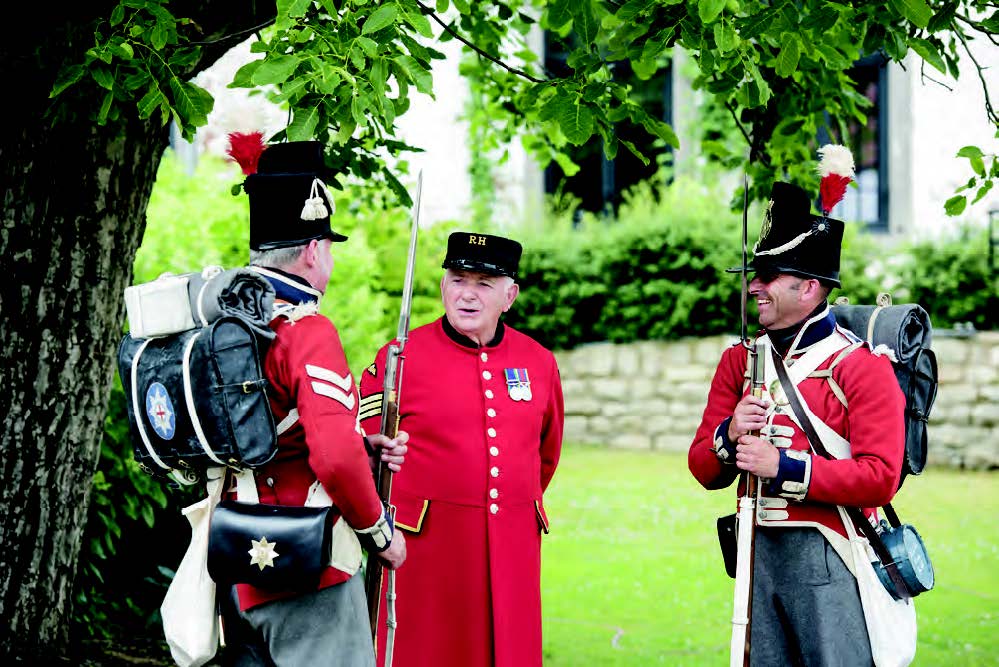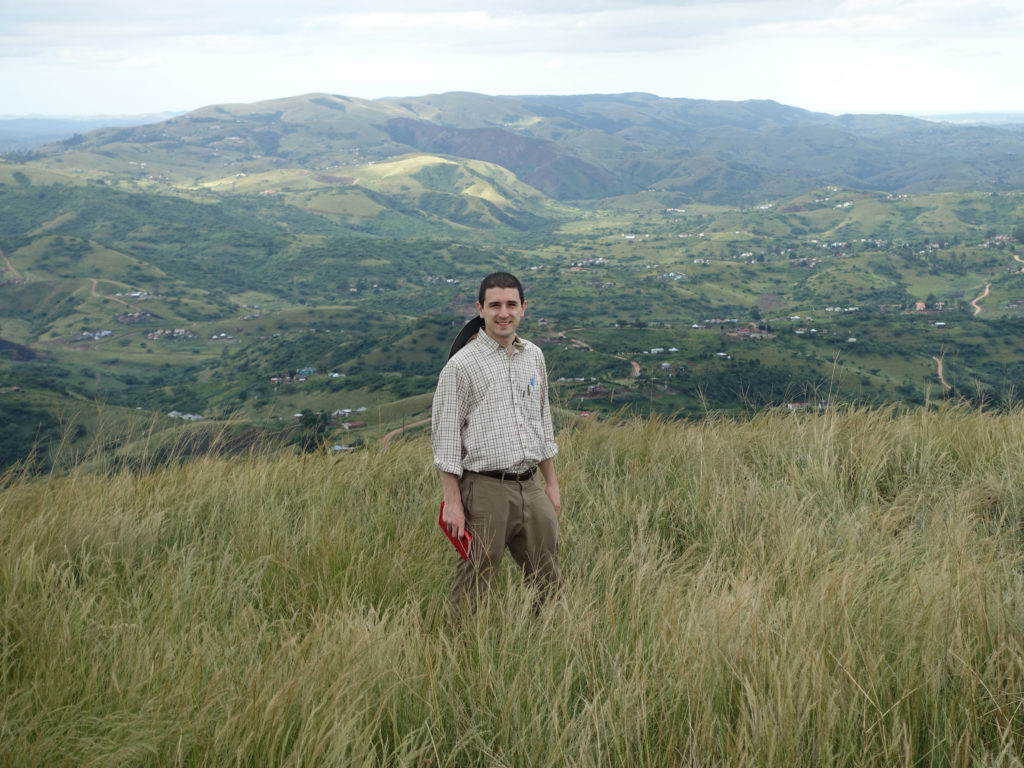TRICK OF THE LIGHT: AN INTERVIEW WITH SWEDISH PORTRAIT PAINTER URBAN LARSSON
Studying for a BA in History of Art
at Stockholm University, Swedish portrait artist Urban Larsson was drawn to the craftsmanship of the Old Masters.
TRICK OF THE LIGHT: AN INTERVIEW WITH SWEDISH PORTRAIT PAINTER URBAN LARSSON Read Article »

